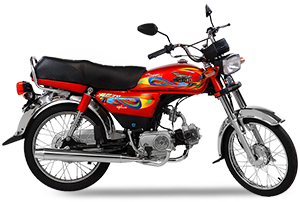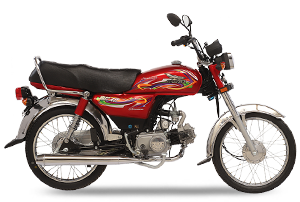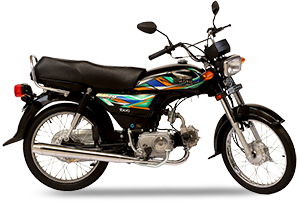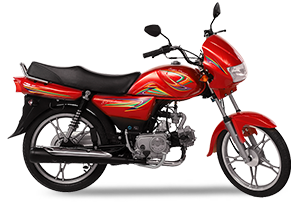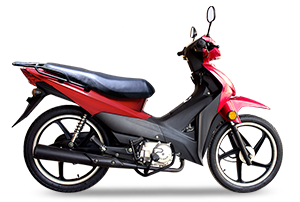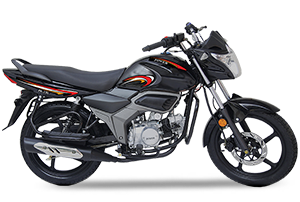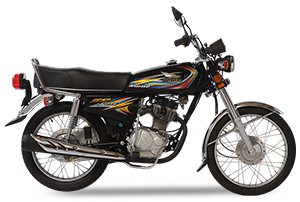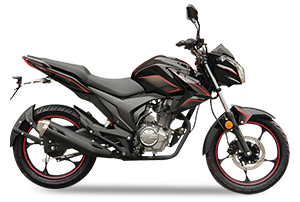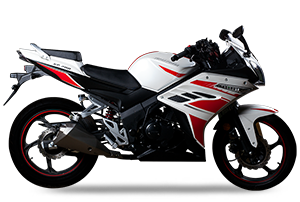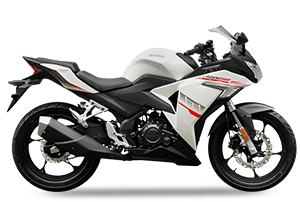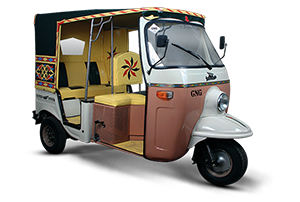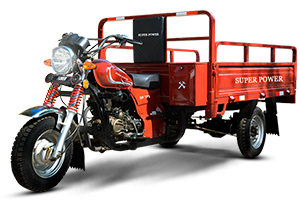In a warehouse setting, these applied sciences might help bridge the gap between the bodily and digital worlds, supporting important modifications throughout warehouse operations. In Accordance to a 2023 report by Accenture, 96% of executives indicated that the merging of data technology and operational technology will have a transformative impact on their industries over the subsequent 10 years. The way ahead for AI in warehouse management will doubtless stay centered on increasing automation, bettering productivity, decreasing prices, rising accuracy, and enhancing decision-making. Robotics, materials handling tools, and warehouse automation techniques ought to proceed to evolve with extra superior capabilities, such as AMRs that can https://www.globalcloudteam.com/ adapt to changing environments in real time. AI may also play an more and more vital position in stock administration and demand forecasting inside warehouses, serving to to detect inventory levels, identify trends, and predict future wants with more accuracy.
Automation Software Program
They are sometimes deployed in high quantity warehouses with small objects that are appropriate with the slender cartridges and allotting mechanisms. The pharmaceutical and cosmetic industries are the most likely industries to learn from this know-how. Drones geared up with cameras and sensors help in stock management and inventory replenishment by capturing aerial images and retrieving products. Automated sortation systems use RFID or barcode scanners and sensors to establish objects as they travel alongside conveyor techniques.
Autonomous Mobile Robots (AMRs) are superior robots that use artificial intelligence and sensors to navigate the warehouse and transport goods with out human intervention. Machine Learning (ML), a subset of AI, predicts stock wants, manages inventory, and handles delicate products to keep away from harm. AGVs observe predefined routes to transport items, whereas AMR warehouse automation navigates autonomously using sensors and AI. Goods-to-Person (GTP) is a warehouse automation technology that streamlines picking and packing duties by delivering items directly to staff. Utilizing these warehouse robots, GTP brings products to designated workstations, so there’s no want for employees to move across the warehouse. Related to mechanized warehouse automation, superior warehouse automation combines robotics and tools with machine learning or synthetic intelligence (AI) to switch manual and labor-intensive workflows entirely.
- Goods-to-person selecting, also called GTP, is a system that automatically transports an merchandise to the operator or workstation, providing accurate inventory and choose information.
- In case of an emergency, employees can use headphones to cease the production line or regulate the machine to assist forestall accidents.
- For instance, if a member discovers a product defect, they will use voice picking and task allocation to further convey data on the manufacturing line.
- As Soon As properly implemented, overhead will inevitably fall as cascading efficiencies are found throughout different parts of your backside line.
- Understanding warehouse automation helps companies achieve progress and productiveness in logistics and provide chain administration.
- The Web of Things (IoT) integrates gadgets like sensors, RFID tags, and wearables to streamline inventory administration, monitor equipment, and optimize supply chain operations.
Strolling round Promat today, I was struck by the sheer scale and pace of innovation within the robotics and automation business. A decade in the past, Locus was among just a handful of automation pioneers at this occasion. Quick forward to today, and the business has transformed dramatically, with cutting-edge warehouse automation solutions empowering prospects to beat their toughest operational challenges.
Warehouse automation replaces guide, labor-intensive duties with automation options, enhancing effectivity from receiving stock to choosing, packing, and transport. Together, they type a cohesive system that creates safer procedures, accelerates workflow, and enhances general customer satisfaction. Despite the initial time and value required to implement these innovations, corporations that make strategic investments in warehouse automation see long-term advantages. It isn’t normally a question of whether or not a manufacturer ought to use inventory automation, but somewhat what type and how a lot. Whereas there’s no one proper reply to this question, the proper answer for a given enterprise usually comes right down to firm dimension. Course Of automation solutions are efficient for manufacturers of all sizes, including small to medium-sized corporations.
Optimize Your Warehouse Operations With Warehouse Management System
Request proposals, evaluate costs, and understand their observe records in delivering successful automation tasks. Goods-to-person choosing, also called GTP, is a system that automatically transports an merchandise to the operator or workstation, offering correct inventory and pick information. HHT is used for fast and effective data entry, barcode scanning, and instant data updating. In the past, this system was used primarily by massive corporations although now it’s widely used in warehouses of different sizes because of its reasonable value and broad performance. Uncover the eight operational concerns when determining whether automating your distribution heart is true in your group. Many of the merchandise and features described herein stay in varied levels and might be supplied on a when-and-if-available foundation.
In this information, gain a detailed understanding of warehouse automation, common challenges that have an result on warehouse operations, and the advantages of introducing more robots and automated processes in your facility. General, AI-based warehouse management provides super potential for companies seeking to refine their supply chain and improve efficiency. These who spend cash on the technology will better have the flexibility to react to adjustments in the marketplace, ultimately translating into better buyer loyalty and satisfaction. For companies exploring AI-driven efficiency, this co-warehousing information highlights methods to optimize shared warehouse areas.

This means the human touch can take place in the most highly seen, value-added areas. Once correctly implemented, overhead will inevitably fall as cascading efficiencies are discovered throughout completely different elements of your bottom line. This is a real necessity contemplating artificial intelligence (AI) today’s tight labor market and rising labor and fulfillment prices. We have a deep warehouse heritage and in-depth, first-hand experience with the development and evolution of warehouse automation. Our founders had been early adopters of robotics technology to enhance warehouse productivity. Only 16% of organizations say they’re unlikely to undertake AI technologies inside the next five years, according to a report printed by logistics and provide chain association MHI.
Automating a warehouse requires significant capital outlays for equipment, software, integration companies, and facility modifications that can stretch into the tens of millions. The costs should be justified towards potential long-term financial savings, which might take years to comprehend in full. Select a scalable and adaptable WMS that can evolve with future automation growth.
Today’s warehouse operations more and more depend upon superior solutions like stacker cranes and motorized shuttles to simplify processes. These technologies alleviate the drudgery of repetitive work, enhance flexibility, and scale back physical exertion for employees. The end result is an automated warehouse, or a smart warehouse, which uses robotics, machine studying, predictive analytics, and an AI-powered Warehouse Administration System to carry out time-consuming duties. These historically tedious processes can be automated, allowing organizations to give attention to strategic initiatives instead of getting slowed down in routine work. Physical warehouse automation can include robotics, tools, conveyors, and related know-how to streamline material handling workflows and cut back guide, labor-intensive processes.

After implementation, real-time monitoring supplies visibility into automation performance. Define reports and dashboards that track key automation metrics versus benchmarks. Monitor KPIs like inventory accuracy, order cycle instances, backlog volumes, equipment effectiveness (OEE), and prices. Establish areas where automation can strengthen stock oversight and accountability based mostly in your SOPs. This groundwork ensures automation enhances and enhances present stock processes and positions you for maximum visibility and effectivity positive aspects. Outline compliance protocols in case your stock contains hazardous supplies or regulated merchandise.

Cycle counting confirms on-hand inventory in opposition to records to pinpoint discrepancies. Automated operations are quicker, extra constant, and able to reaching greater throughput in comparability with manual methods vulnerable to human errors or fatigue. Automation removes physical labor limitations, allowing 24/7 operations for continuous high speeds. Functions embody transport inside choosing zones, between inventory and manufacturing, as well as for quality inspections or deep cleaning.
As a greatest apply throughout these steps, you’ll want to gather frontline employee feedback to gauge much less apparent aims or missed sentiments towards the changes. Computerized guided autos use magnetic strips or sensors to observe a set path by way of the warehouse. They aren’t helpful in advanced warehouses with a lot of human workers/traffic. Physical automation relates to tools and equipment, i.e., robots and robotic techniques.
Following the illumination, the operator sees which gadgets and how many of them they want to pick. After choosing, the inventory is positioned in the holding container and a button is pressed to verify the tip of the process. The resolution helps to significantly scale back operators’ movements in the warehouse, shortening the delivery time and eliminating the potential for errors and accidents. If you want to keep track of which objects are transferring out and in of your warehouse, and the place warehouse automation challenges particular stock is located, it’s going to require a dramatic quantity of human labor and time.



